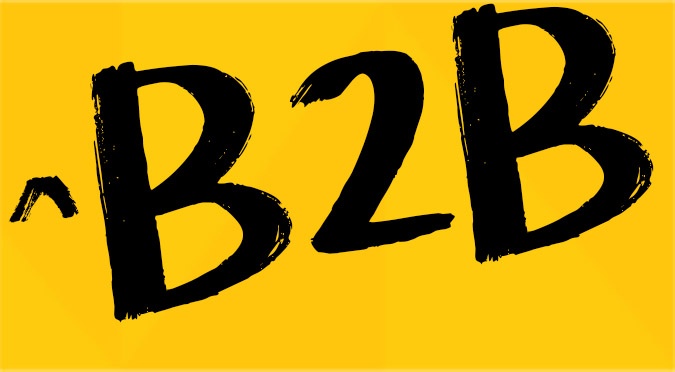Speaking Your Client’s Language: The New Key to B2B PR Success
May 09, 2016 / By Vanessa Horwell
As the online-media landscape continues to expand at a rapid pace, the discipline of public relations is at a tipping point. Especially for agencies and PR professionals serving business-to-business (B2B) companies, the opportunities available in today’s PR landscape are just as broad as their associated challenges.
The print-to-digital shift of the last decade-plus has created an endless appetite for information across every industry, providing PR pros with ever more captive targets for client media placements. Where there once were only a few trade publications covering trends or developments in payments processing, for example, today there are dozens of blogs and online media outlets welcoming news and original insights on the topic.
But delivering those insights is where many agencies falter.
Like the print trade magazines that preceded them, today’s industry-specific blogs and online trade media outlets are highly specialized. Their readers are already experts on the industries the outlets cover; they turn to their favorite blogs and news sites only to acquire even more specialized knowledge.
The editors of those media outlets not only know that – they embrace it. Weak pitches, fluffy press releases, and half-baked bylines don’t cut it in B2B sectors; the media stakeholders inside them want only high-value intel and expert perspectives.
That can work out swimmingly for agencies when trade reporters and bloggers are open to speaking with the client to get their insights. But as PR professionals increasingly know, the phone interview is becoming a thing of the past. (Why Q&A by phone when the reporter can ask for ready-for-print responses by email?)
We’re also living deep in the era of the ‘byline’: When pitched an idea, most outlets would rather post an original article from the source on the topic presented than interview said source and write one.
The bylined article can create issues for ill-equipped B2B PR firms: If they can’t produce a thoughtful one on their client’s behalf, then the responsibility for capitalizing on the media opportunity lies in the hands of the client (who would have to produce the piece). That’s not the kind of thing B2B executives typically have time for… in fact, it’s often why they engage agency partners in the first place. If a firm can’t write from a position of expertise and authority on a client’s industry, then the media outreach efforts only add additional work to their client’s already-full plate.
The conundrum is especially problematic for those working with B2B startups. Pushing more and more responsibilities onto the to-do lists of an entrepreneur (or her tiny, overworked team) is practically a ticket to a pink slip. Time and again, startups cite the same reasons for firing PR agencies: They just don’t get what we do. It creates too much extra work for us to keep fixing their material.
And startups are hardly the only companies that find the above scenario frustrating. The increasingly digital and remote-work nature of business means that even some enterprise-serving companies today operate with very small teams and highly limited resources. Every initiative being budgeted for needs to support growth – and when it comes to PR, most B2B executives feel that working with an agency should be akin to outsourcing their publicity and awareness efforts.
To meet that expectation, agencies have no option but to rise to the challenge. The key is to understand that ‘media relations expertise’ is not really all that valuable anymore. Creating real value for clients in 2016 requires subject matter expertise and sector-specific knowledge. (Marrying those attributes with a deep network of industry connections is the ultimate agency sweet spot.)
Of course, this isn’t an entirely new development. As “thought leadership” and the “knowledge economy” have become everyday terms, many agencies have embraced specialization and turned away from the generalist, all-clients-welcome model. ThinkInk, was launched with a specialist approach and a business-first mindset (which, as we discuss in a new downloadable resource, is entirely focused on earning tangible results tied directly to our clients’ business goals).
A genuine understanding of the forces at play in each of our industry specialization areas – airlines, mobile marketing, payments, loyalty, and travel technology – has enabled ThinkInk to speak our clients’ ‘languages.’ That expertise has been, and will continue to be, vital to our growth and success.
In fact, I expect to see greater industry segmentation among PR firms in the years to come in response to the evolving business-media landscape. As the current tipping point plays out, the agency world will wise up to what my firm figured out: That it takes a specialist approach to seize today’s B2B PR opportunities (and to better serve clients).
Sign up for our insights on the convergence of business and PR





